|
Last July 31st Clara Rúa, IGA Regional Director (RD) for South America, held a virtual meeting with the current IGA Country Representatives (CR) from Colombia (Mónica Cardozo), Bolivia (Angelika Stemmer), Peru (Guadalupe Huamán and Irma Celi), Brazil (Livio Costa) and the CR candidates from Ecuador and Venezuela. This virtual meeting was the first one organized under Clara’s regional leadership. The main objective of the meeting was to learn more about the current position of the CR regarding their small ruminant-related activities (specifically goats) in their respective countries, in addition to the potential formation of a regional work team to respond to the commitments assumed as IGA representatives in their own country. An agenda was agreed for future virtual meetings convened by the RD to advance different topics and proposals to be developed, and to achieve greater interactions with other CRs, RDs and the IGA board members. The meeting was also attended by Davinia Sánchez and Jean-Marie Luginbuhl, two members of the IGA Board who have significantly heightened the commitment of IGA to the CRs and the Regional Directors. El 31 de julio, a través de una plataforma virtual, Clara Rúa, actual RD sudamericana, fueron convocadas por las actuales RC de los países, Colombia (Mónica Cardozo), Bolivia (Angélika Stemmer) y Perú (Guadalupe Huamán e Irma Celi), Brasil (Livio Costa) y aquellos CR en proceso de formalización de los países Ecuador y Venezuela, esta es la primera reunión bajo el liderazgo regional a cargo del mismo. El principal objetivo del encuentro fue conocer un poco más sobre la posición actual en su país de cada uno de los CR en cuanto al trabajo con pequeños rumiantes específicamente cabras, además de intentar instalar un equipo de trabajo regional orientado a dar respuesta a los compromisos asumidos. en la representación del país. Se acordó una agenda en la que se realizará una reunión virtual convocada por RD, con el fin de avanzar en diferentes temas y propuestas a desarrollar, de la misma manera para lograr una mayor interacción con otros CR y RD y el directorio de IGA. La reunión estuvo acompañada por Davinia Sánchez y Jean-Marie Luginbuhl, miembros del directorio de IGA y quienes han promovido significativamente el compromiso con IGA en los CR y la Dirección Regional.
2 Comments
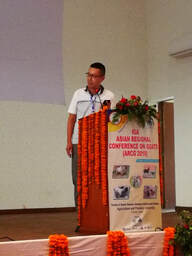 First, I would like to thank the host organization and the people of Nepal for your warm welcome and hospitality. You are genuinely lovely people, and I appreciate your sincerity and friendship. Congratulations go to the Faculty of Animal Science, Veterinary Science and Fisheries at the Agriculture and Forestry University for a successful conference. Comparing to the outcomes of the Conference and the efforts to elevate the importance of goats as a species that can alleviate poverty, and improve food security and nutrition, our little inconvenience during the very long-distance traveling becomes so trivial. Just like the goal of increasing production efficiency of goats, quality is far more important than quantity. I understand that there are many conferences to be hosted by the University in the near future, I encourage the university to engage in a thought process to focus more on the quality of scientific programs, more participation by the students and faculty, and a smoother logistic arrangement. By Juan Capote, IGA Past-President & Jean-Marie Luginbuhl, IGA Secretary-Treasurer In August 2018, Juan Capote as IGA Past-President, Herve Hoste as IGA Board Member, Zaisen Wang as IGA Member from Langston University and Jean-Marie Luginbuhl as IGA Secretary-Treasurer participated and made oral presentations at the 2018 Chinese National Sheep and Goat Conference held in Bengbu 15-18 August. We had been invited by Dr. Yingjie Zhang, president of the Chinese Sheep and Goat Association, IGA Board Member and Professor and Dean from the Agricultural University of Hebei. In addition to the scientific presentations, the attendees visited two sheep farms. Unfortunately, typhoon Rumbia passed through Bengbu during the conference and drenched the region with heavy rains accompanied by strong wind gusts. While at the meeting, we interacted with Dr. Luo Jun, IGA Regional Director from Northwest A&F University. Following the National Sheep and Goat Conference, Juan Capote and Jean-Marie Luginbuhl traveled to Fuping, in the province of Shaanxi, to attend and participate at the 2nd World Dairy Goat and Sheep Industry Development Conference where they met Dr. Maria Fresno, IGA member from the Canary Islands, Spain and Vicky McLean, IGA Country Representative from New Zealand. The four of us had been invited by Dr. Binyun Cao from Northwest A&F University. Also attending the conference were Dr. Luo Jun, IGA Regional Director from Northwest A&F University and Dr. Sun Haizhou, IGA Country Representative for Northwest China and Inner Mongolia. Maria, Juan, Vicky and myself made presentations during the conference and at several other locations post-conference. In Quianyang, we made presentations in a session for farmers and visited the goat show where the farmers had the best milking goats received a monetary incentive. While at the conference, we attended a meeting, chaired by Dr. Binuyn Cao, along with conferences attendees from Australia and New Zealand, to discuss the main organizational body structure of the International Dairy Goat/Sheep Industry Association (IDGSIA). The Association was registered in Paris on August 18, 2018. We also visited several dairy goat farms and very modern milk processing plants manufacturing milk powder and became part of a panel ranking powder milk samples according to solubility, color, odor, and flavor. Jean-Marie Luginbuhl also visited the Animal Science department of Northwest A&F University in Yangling, the university experimental farm, and an animal feed manufacturing plant owned and managed by a Northwest A&F University alumnus. Finally, Jean-Marie made a presentation to Northwest A&F University Animal Science students.
1. Introduction
In the United Kingdom, the production of goat milk has changed drastically in the last ten years. The industry is continuously looking for significant future developments in areas such as artificial insemination and genomics, disease control, mortality reduction and protocols for rearing kids. Nonetheless, the goat industry is not a notable livestock sector in the United Kingdom, as evidenced by the evolution in the number of animals during the last 25 years (Figure 1). According to FAO census data, the total number of animals was at a maximum in 1990, followed by a continuous decline until the beginning of the 2000s. After that, the number of heads showed an upswing with some peaks and valleys, and a linear increase from 2010 to 2016 (FAOSTAT, 2016). The largest concentrations of commercial goat operations are found in York, Somerset and Worcestershire counties, all of them located in England. Written by Mouad Chentouf, IGA Regional Director for North Africa*
INRA – Regional Center of Tangier This article was edited in collaboration with Francisco de Asís Ruiz Morales, IGA Regional Director for Western Europe, and translated by Jean-Marie Luginbuhl, IGA Secretary-Treasurer.
Introduction With an estimated number of 8 million heads in the 70s, the Morocco goat sector currently numbers 6.2 million animals. This significant drop in number is due to the years of drought that the country experienced during the 1980s, but also to the abandonment of this activity towards other more profitable agricultural activities.  Prepared by Javier Chaurand and special thanks to Jean-Marie Luginbuhl for Spanish translation. The XIV Goat, Cheese and ‘Cajeta’ International Expo was held from October 12 to 15, 2017 at the facilities of ECOFÓRUM in Celaya. The event was inaugurated by Mr. Víctor Hugo Pineda Martínez, State SAGARPA (Secretariat of Agriculture, Livestock, Rural Development, Fishing and Food) delegate representing the Secretary of Agriculture, Ing. Javier Guizar Macías, Federal SAGARPA delegate in Jalisco, Ing. Paulo Bañuelos Rosales, Secretary of Agrifood and Rural Development of the government of the state of Guanajuato (SDAyR), MVZ José Francisco Gutiérrez Michel, Sub Secretary of Agrifood and Rural Development of the government of the state of Guanajuato and the Municipal President of Celaya Ing. Ramón Ignacio Lemus Muñoz Ledo accompanied by various officials of the municipal administration. In addition, members of the board of directors of the national association of registered goat breeders, and regional cattle unions from the state of Guanajato and Querétaro were also part of the inauguration ceremony. Written by Jean-Marie Luginbuhl, IGA Secretary-Treasurer
Why graze meat goats with beef cattle?
READ MORE...
Below is a report from Jean-Marie Luginbuhl, IGA's Secretary-Treasurer. This was presented in September 2016 at the 12th International Conference on Goats during the IGA General Assembly.
You can either download the PDF version or click through the slides below. Thank you again to ALL of our wonderful members. August 7-9, 2017 A short course from NC State University 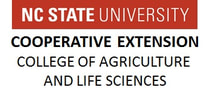 Course Description: This 3-day short course is designed to provide participants with both theoretical background and significant opportunity for hands-on practice needed to facilitate the adoption of artificial insemination into their goat breeding programs. With the use of improved transcervical AI breeding techniques for goats, pregnancy rates comparable to those routinely achieved for AI in cattle are now possible. This short course will consist of an initial series of lectures on Monday morning coupled with four hands-on practice sessions (Monday pm, Tuesday am & pm, and Wednesday am). Lecture topics will include anatomy & physiology of the female reproductive tract, estrous & ovulation synchronization, AI breeding techniques (standard and improved), and the use of frozen semen for AI. |
IGA Blog
The International Goat Association promotes goat research and development for the benefit of humankind, to alleviate poverty, to promote prosperity and to improve the quality of life. Archives
May 2024
Categories
All
|
|
International Goat Association
2516 Millbrook Rd., Little Rock, AR72227 USA email: [email protected] -454-1641 |
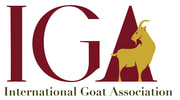
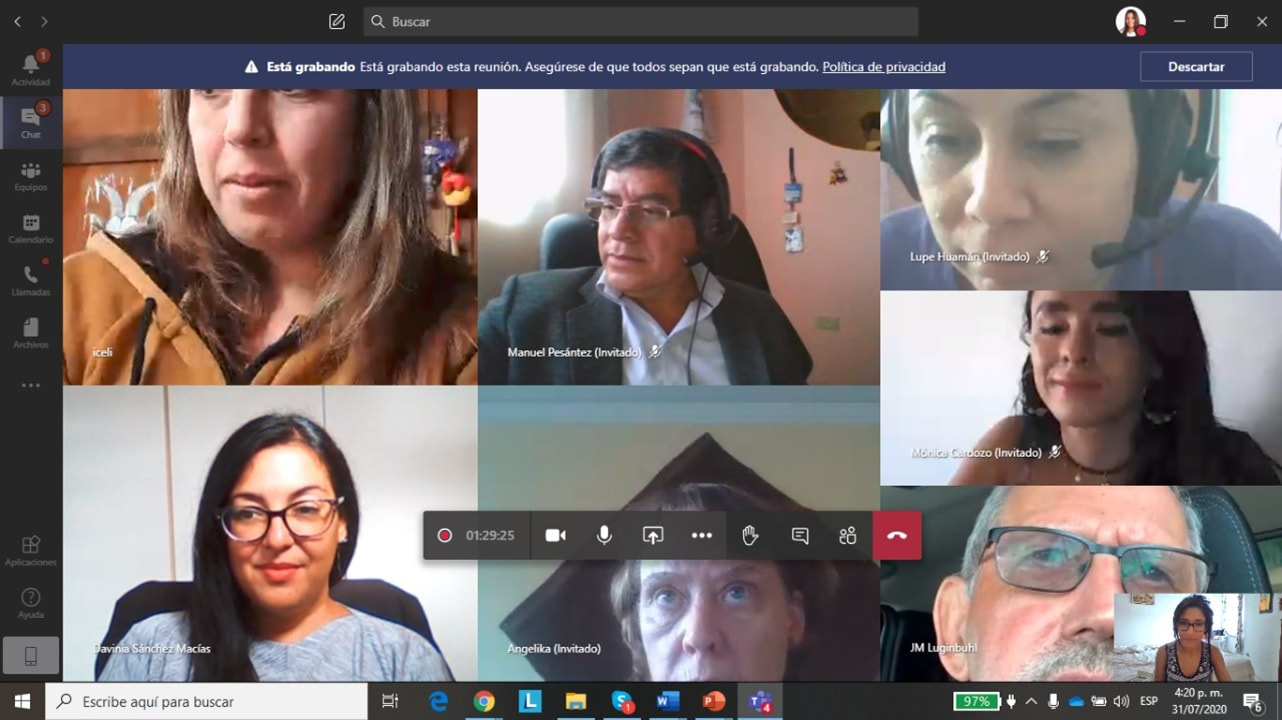
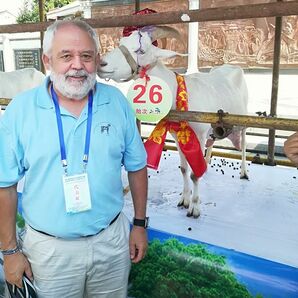
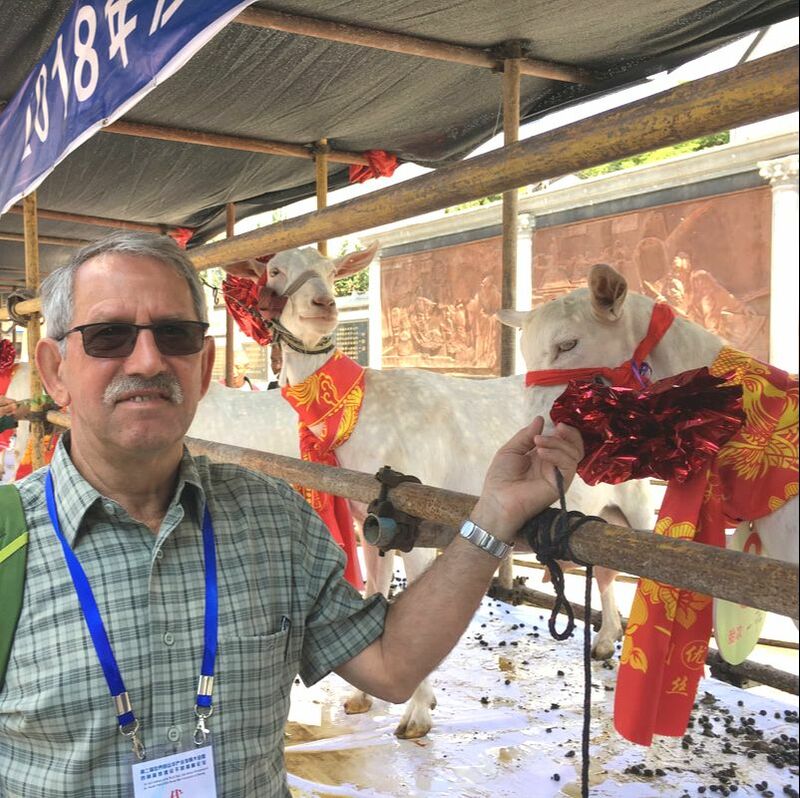
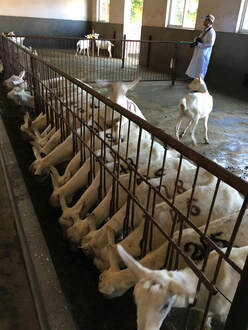
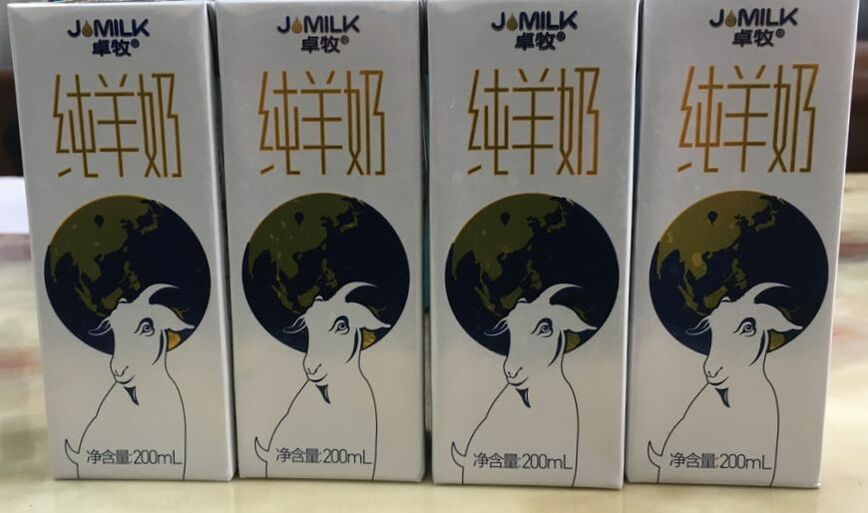
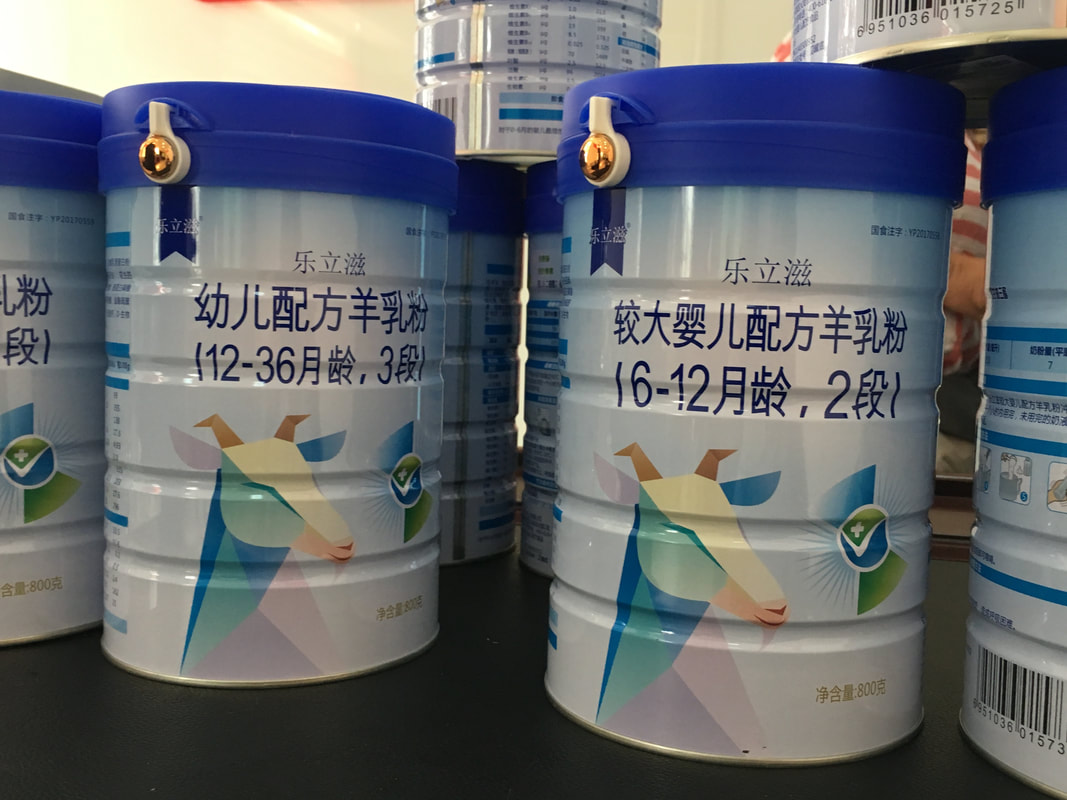
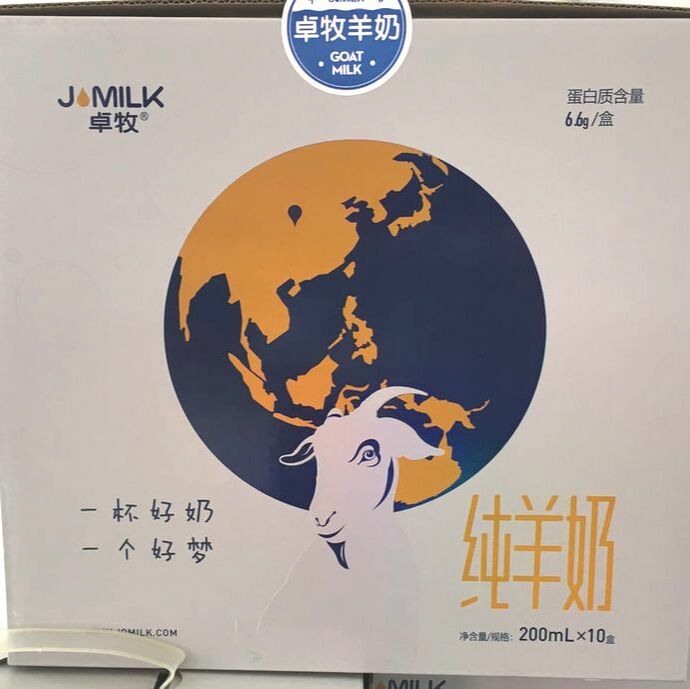
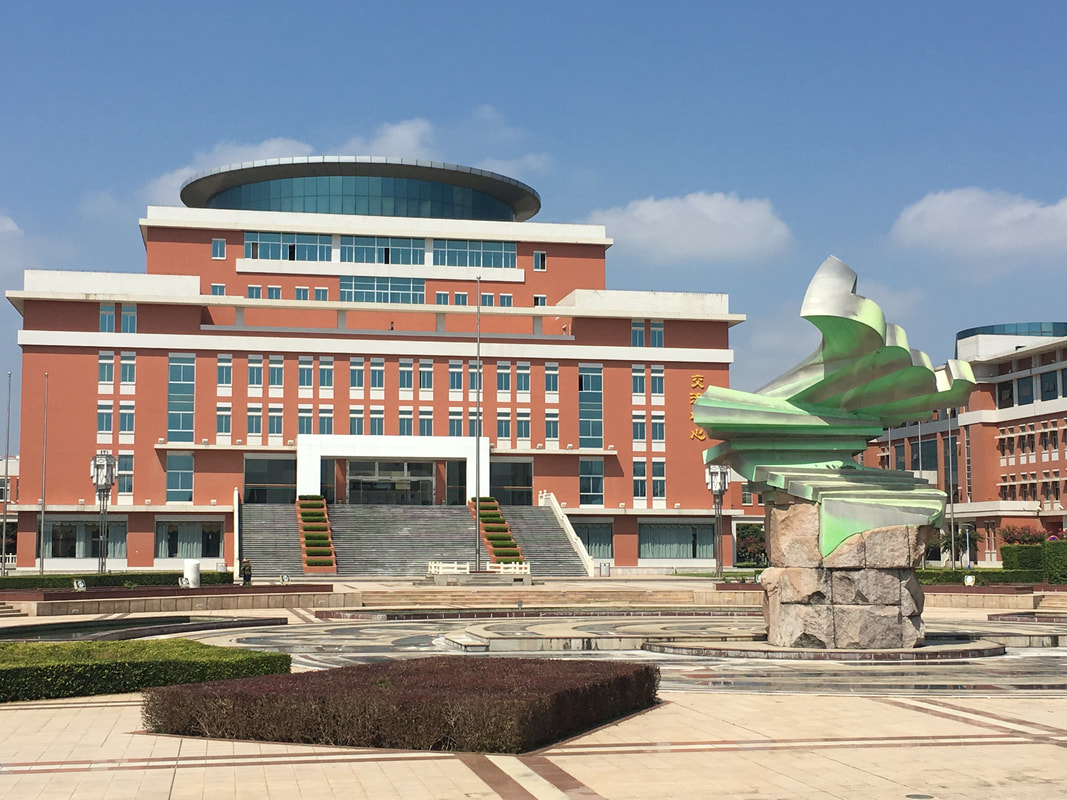
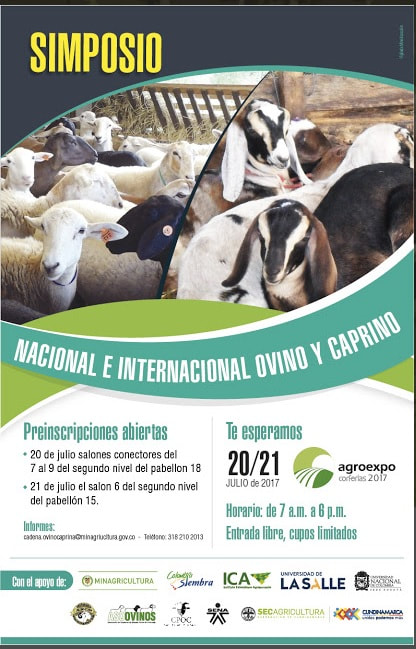
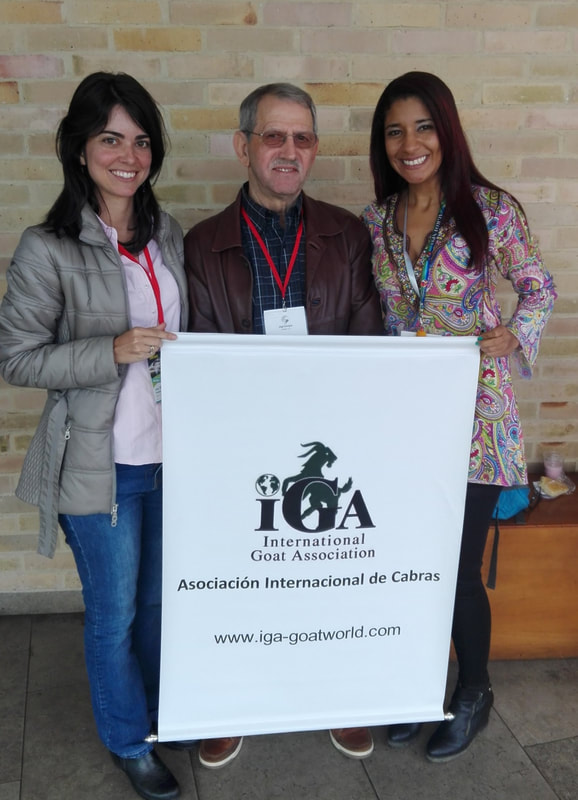
 RSS Feed
RSS Feed